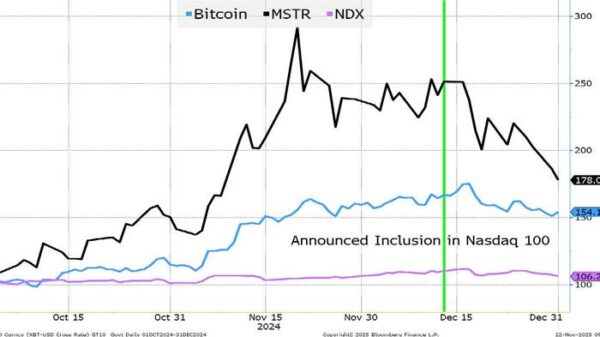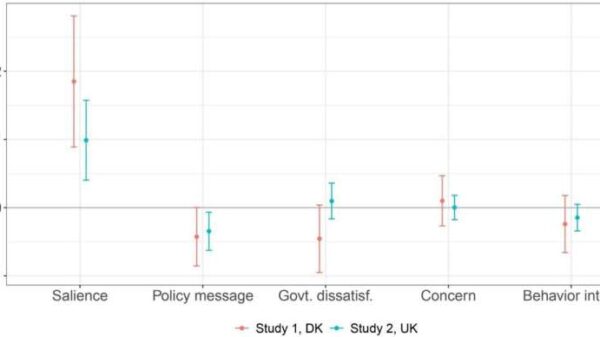A recent study conducted in the United States has highlighted a significant gap in the treatment of opioid use disorder (OUD) among Medicaid patients. The research, which analyzed data from over 1 million Medicaid enrollees newly diagnosed with OUD, found that nearly 70% of these individuals do not receive access to potentially life-saving medications within the first six months of their diagnosis.
The study, published by the National Institute on Drug Abuse, underscores a troubling trend in the healthcare system. Despite the availability of effective treatments, many Medicaid patients are left without the necessary support to combat their substance use disorders. This lack of timely intervention can lead to dire health consequences, including increased rates of overdose and death.
Widespread Implications for Public Health
The findings indicate that the delay in treatment may exacerbate the ongoing opioid crisis in the United States. According to the Substance Abuse and Mental Health Services Administration, opioid overdose deaths have surged, with more than 70,000 fatalities reported in 2021 alone. The inability to provide timely treatment to those diagnosed with OUD can contribute to these alarming statistics.
Access to medications such as buprenorphine and methadone is critical for individuals struggling with opioid dependency. These treatments have been shown to reduce the risk of overdose and improve overall health outcomes. Yet, the study reveals that systemic barriers within the Medicaid program may hinder timely access to these essential therapies.
Calls for Systemic Change
Healthcare experts are calling for urgent reforms to address the obstacles faced by Medicaid patients in accessing opioid treatment. Many factors contribute to the delay, including inadequate provider availability, stigma surrounding addiction, and a lack of comprehensive care coordination.
Policymakers are urged to implement strategies that enhance access to treatment for those affected by OUD. This includes increasing funding for addiction services, expanding training for healthcare providers, and fostering a supportive environment for patients seeking help.
The study serves as a stark reminder of the critical need for immediate action to ensure that individuals diagnosed with opioid use disorder receive the treatment they require. Addressing these gaps in care is essential for saving lives and combating the opioid epidemic that continues to affect communities across the nation.



































































